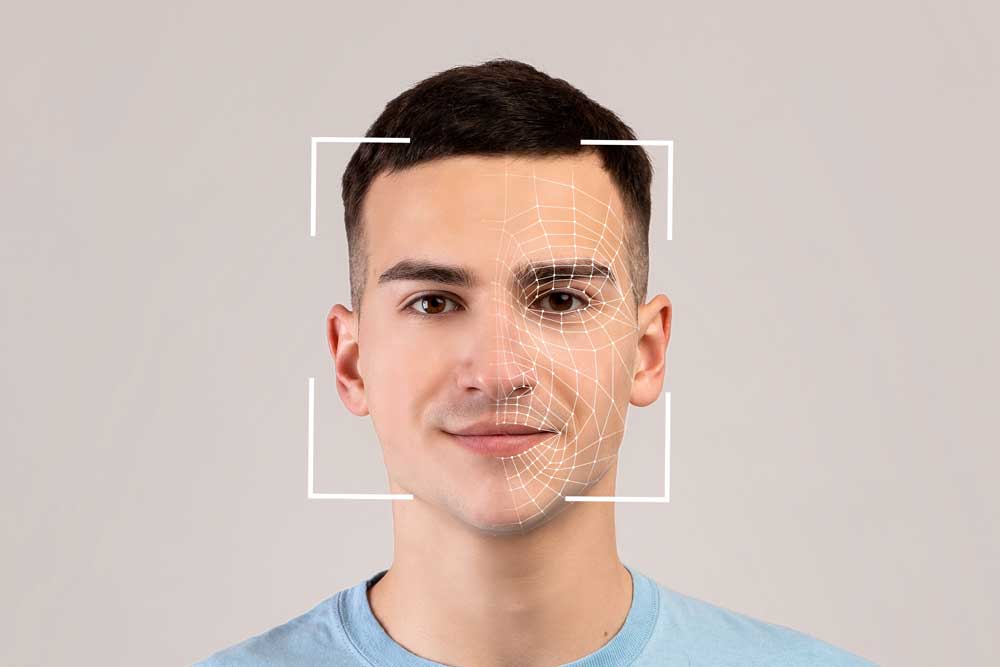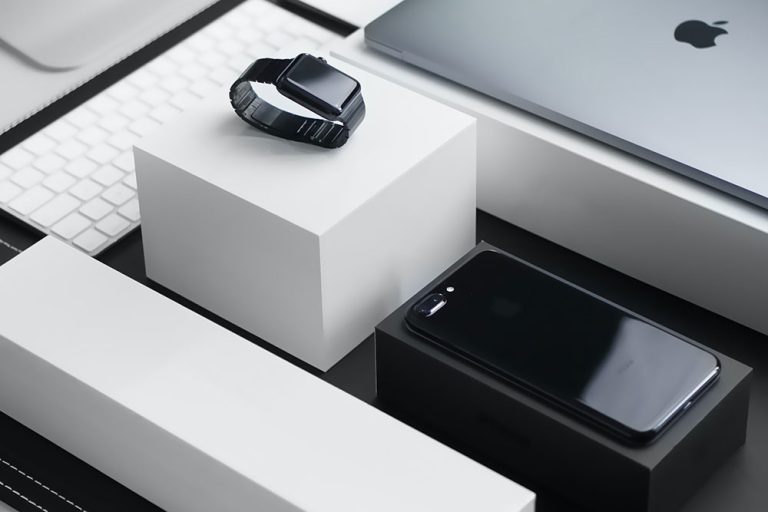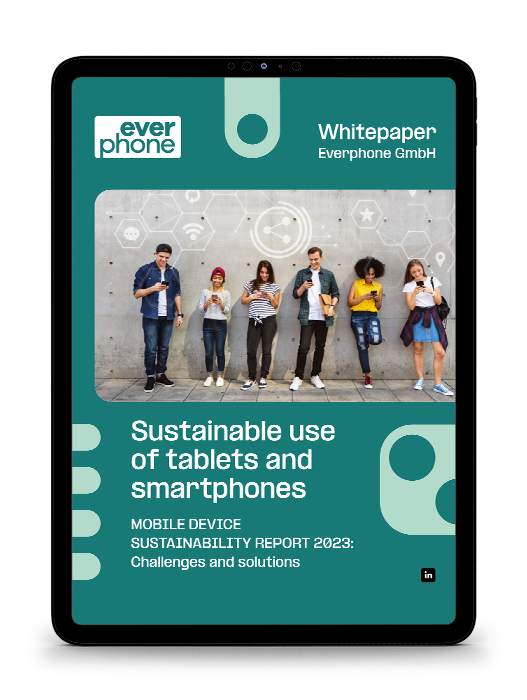Biometric unlocking
Our glossary explains basic terms and abbreviations relating to mobile working, the use of smartphones and tablets in the corporate environment (Enterprise Mobility) and security aspects in the use of mobile devices.
Biometric unlocking
Authentication methods for mobile devices
Biometric unlocking means the authentication of users on the basis of biometric data, specifically body characteristics.
The recognition process is therefore used for personal and user identification and ensures that only registered users are authorized to unlock the smartphone/tablet and thus to access applications and data.
This is particularly important for sensitive applications (e.g., banking or payments) and in the course of two-factor authentication. Today (as of 2023), four biometric unlocking methods are widely used on mobile devices:
- the iris scan,
- the facial recognition (face geometry)
- fingerprint scanning, and
- voice recognition.
Iris scan
In iris scanning (introduced in 2015), an image of the eye is captured and stored in encoded form. Either special iris cameras or the front camera of the given model are used for this. Infrared light ensures iris recognition even in dim ambient light. Impractical for eyeglass wearers: The scan only works without glasses so far.
Face Recognition (Face ID)
Face recognition analyzes the geometry of the face. The visible facial features, their geometric arrangement, and texture properties of the surface are compared. First introduced under Android (Samsung Galaxy Nexus) in 2011, biometric facial recognition has been continuously improved. Apple, for example, has dispensed with the fingerprint sensor since the iPhone X thanks to Face ID.

Fingerprint sensors
Fingerprint sensors have been technically implemented either as optical, capacitive or ultrasonic sensors since 2013 (Apple iPhone 5s). Capacitive sensors determine the fingerprint by means of electrical impulses and are currently the most common variant. The sensors can be installed on the back of the device, on the front or even on the side of the frame like in Samsung’s Galaxy S10e.
Voice commands
Mobile devices can also be unlocked biometrically via voice recognition. However, since the method also works with voice similarity and is thus not secure, it is only mentioned here for the sake of completeness.) analyzes the facial geometry







